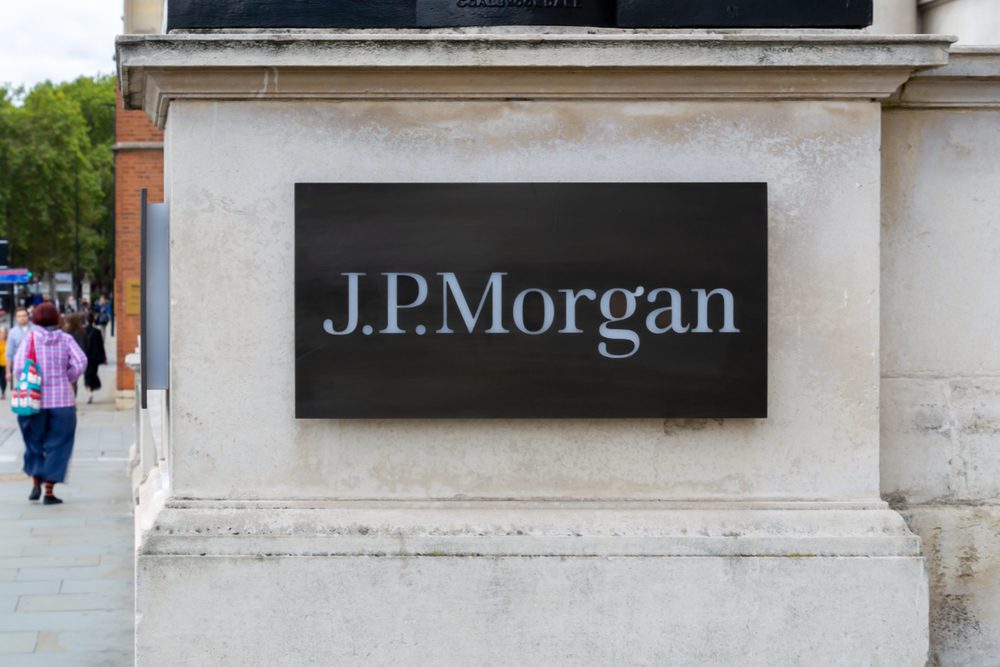JPMorgan Braces for Recession as Credit Loss Provisions Jump 49%

For America’s biggest bank, the recession’s the base case, and credit losses loom.
J.P. Morgan reported fourth-quarter results Friday (Jan. 13) that show caution about what’s coming next, particularly in consumer lending – on the cards and in mortgages.
Supplemental materials from the company detail a $2.3 billion for credit losses, which represents a 49% jump from the third quarter that ended in September.
And drilling down into the Consumer and Community Banking Unit, the company reported that, as part of the $1.8 billion credit costs, net charge-offs in the segment, in the latest quarter, stood at $845 million. That tally represents a $166 million increase over the third quarter of 2022. A $1 billion change in its reserve build is being driven by Card Services (at $800 million) and $200 million in home lending, the company said. In that latter segment, home loan originations fell sharply, to the equivalent of $6.7 billion, from $12.1 billion in the third quarter and $42.2 billion a year ago.
Charge Offs Grow
The Card Services net charge-off rate in the most recent quarter stood at 1.6%, up from 1.4% in the third quarter and just under 1.3% a year ago.
At the moment, though, consumer spending seems resilient, as credit and debit sales volume was up 9% in the quarter, year over year, to $411 billion. Overall, credit card loans were $185 billion, up 9% from the third quarter, indicating at least some appetite (and room) for U.S. households to take on more debt.
As noted by CFO Jeremy Barnum during the call, “Both discretionary and non-discretionary spend are up year on year.” The strongest growth in discretionary spend, he said, has come in the travel vertical, and he said that retail spending was up 4% “on the back of a particularly strong fourth quarter. Last year, eCommerce spend was up 7% while in-person spend was roughly flat.” With a nod to those digital conduits, we note that the movement toward digital banking and transacting proceeds apace, too, as J.P. Morgan’s active mobile customers gained 9% to 49.7 million consumers.
Other filings released in tandem with earnings show that the J.P. Morgan Payments business logged $4.4 billion in the most recent quarter, up 18% year on year. Overall, merchant processing volume was $583.2 billion in the fourth quarter, gaining 7% from last year.
As to what’s to come, J.P. Morgan’s filings also detail the expectation that the Card Services division’s 30+ day delinquencies are going to “normalize,” to around 2% by the end of 2023 (they’re at 1.4% as per the financial filings), which then could bring the net charge off rate to about 2.6% over the same timeframe. Barnum noted the estimates come alongside that “central case” of a mild recession, where unemployment would conceivably peak at 4.9%.
“We still do not know the ultimate effect of the headwinds coming from geopolitical tensions including the war in Ukraine, the vulnerable state of energy and food supplies, persistent inflation that is eroding purchasing power and has pushed interest rates higher, and the unprecedented quantitative tightening,” CEO Jamie Dimon said in the release announcing results.
For J.P. Morgan, then, at least when it comes to the near-term outlook on credit, prudence and caution rule above all else.
